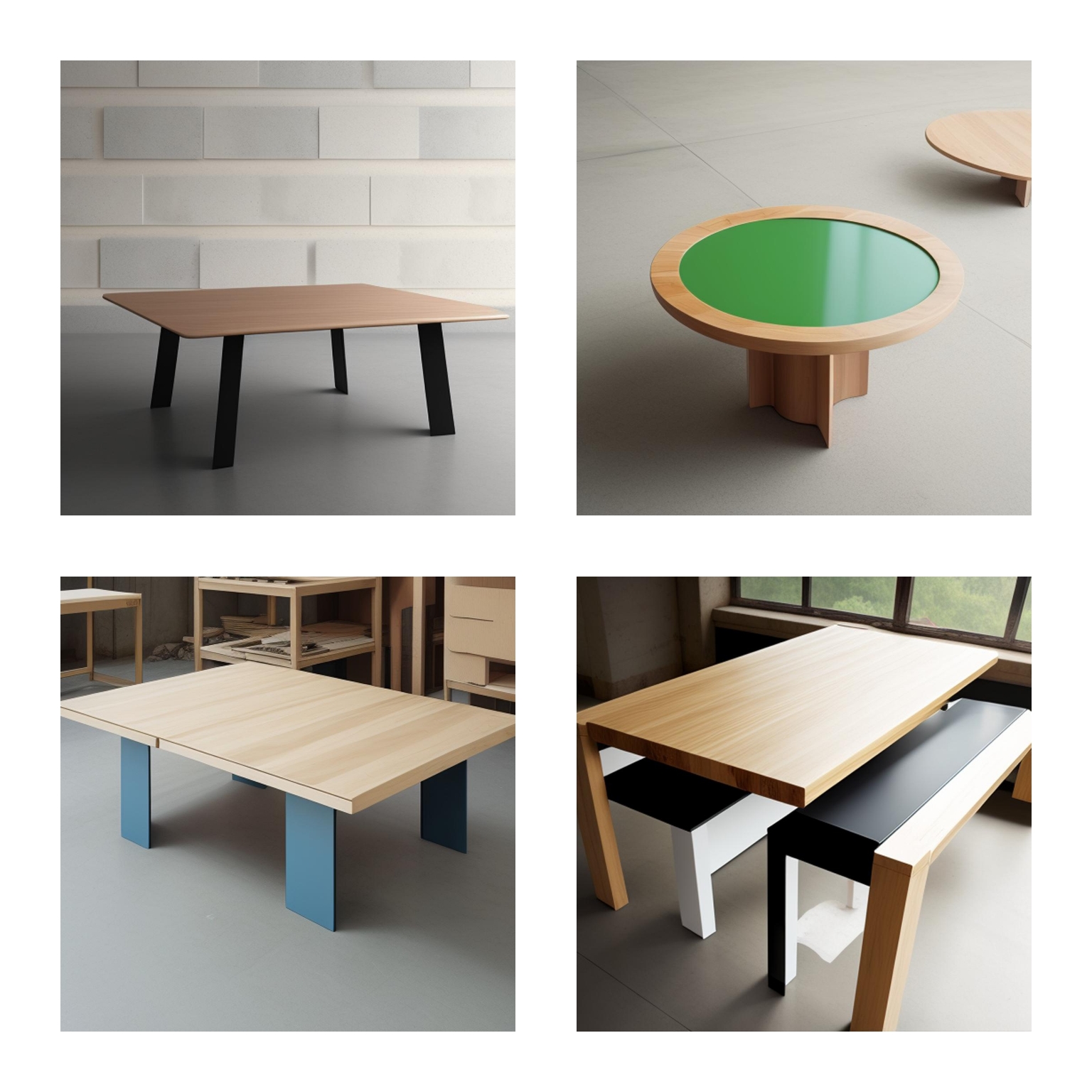From Istanbul to Your Kitchen: The Beauty and Craftsmanship of Turkish Tea Cups
From Istanbul to Your Kitchen: The Beauty and Craftsmanship of Turkish Tea Cups
Turkish tea cups are not just objects of beauty and function, but also ambassadors of culture and tradition. They embody the artistry and craftsmanship of Turkish potters, who have been making them for centuries using local materials and techniques. They also reflect the love and appreciation of Turkish people for tea, which has become an integral part of their daily life and social rituals. In this blog post, we will explore the beauty and craftsmanship of Turkish tea cups, and how you can bring them from Istanbul to your kitchen.
The Beauty of Turkish Tea Cups
Turkish tea cups are known for their elegance, grace, and intricate designs. They come in a variety of shapes, sizes, and colors, and are often decorated with traditional motifs such as tulips, roses, carnations, and geometric patterns. The designs are usually painted by hand using a fine brush and colorful pigments, and then fired in a kiln to fix the colors and make them durable. Some tea cups also have gold or silver accents, adding a touch of luxury and sophistication.
The beauty of Turkish tea cups goes beyond their visual appeal, however. They also evoke the sensory experience of tea drinking, which involves not only taste but also smell, touch, and sound. Holding a Turkish tea cup in your hand can give you a sense of warmth, comfort, and pleasure, as you sip the fragrant tea and savor its taste. The cup’s shape and size also play a role in this experience, as they affect the way the tea is brewed and consumed. A narrow and tall cup, for example, keeps the tea hot and concentrated, while a wider and shorter cup allows the tea to cool down and mellow.
The Craftsmanship of Turkish Tea Cups
Turkish tea cups are not just beautiful, but also the result of skilled craftsmanship and creativity. They are made by hand using various techniques, such as wheel throwing, hand molding, and slip casting, depending on the style and size of the cup. The materials used to make them vary as well, from local clay to imported porcelain or glass. Each potter or workshop has its own style and signature, reflecting the diversity and richness of Turkish ceramic art.
One of the most famous types of Turkish tea cups is the Iznik ceramic, which originated in the town of Iznik near Istanbul in the 16th century. Iznik ceramics are known for their bright colors, intricate patterns, and floral motifs, inspired by the Ottoman court and the Chinese Ming dynasty. They are made using a technique called cuerda seca, which involves painting the design on a fired clay surface with a mixture of wax and manganese, and then filling the spaces with colored glazes. The cup is then fired again to fuse the glazes and create a smooth and glossy surface.
Another type of Turkish tea cups is the Kutahya pottery, which comes from the town of Kutahya in western Turkey. Kutahya pottery is characterized by its earthy colors, rustic textures, and geometric motifs, often combined with animal or human figures. The pottery is made using a technique called sgraffito, which involves scratching or carving the design on a wet clay surface, and then covering it with a colored slip. The slip is then wiped off to reveal the design, and the pottery is fired in a kiln to fix the colors.
Bringing Turkish Tea Cups to Your Kitchen
If you want to bring the beauty and craftsmanship of Turkish tea cups to your kitchen, there are several ways to do so. One way is to buy them online or from a local store that specializes in Turkish or Middle Eastern products. You can choose from a wide variety of styles and prices, and even order custom-made tea cups that suit your taste and needs. You can also buy a set of tea cups that comes with a matching teapot and tray, as well as sugar bowl, spoon, and saucer, to complete the Turkish tea experience.
Another way to get Turkish tea cups is to visit Turkey and explore its rich cultural heritage. Istanbul, in particular, is a treasure trove of tea cup workshops, markets, and museums, where you can learn about the history and art of Turkish ceramics. You can also attend a tea ceremony or visit a tea house, where you can observe how tea is brewed, served, and enjoyed in different settings. This will give you a deeper appreciation for the beauty and meaning of Turkish tea cups, as well as the culture and hospitality of Turkey.
Once you have your Turkish tea cups, you can use them to brew and serve tea in the traditional Turkish way. To do so, you will need loose black tea leaves, a tea pot, a kettle, and a heat source. You can also add sugar, lemon, or mint, depending on your preference.
Here is a simple recipe to make Turkish tea:
- Boil water in a kettle or pot.
- Add 1-2 teaspoons of tea leaves per cup into the tea pot.
- Pour hot water into the tea pot, covering the leaves.
- Let the tea steep for 3-5 minutes.
- Pour a little bit of tea into each cup to test the strength and aroma.
- If desired, add sugar or other flavorings to the tea pot.
- Fill each cup with tea, leaving some room for foam on top.
- Serve the tea with a small spoon and a slice of lemon or mint, if desired.
By using Turkish tea cups and brewing tea in the traditional way, you can not only enjoy the taste and aroma of Turkish tea, but also connect with its cultural and artistic roots. You can also share the experience with your family and friends, and introduce them to the beauty and craftsmanship of Turkish tea cups.
In conclusion, Turkish tea cups are not just containers for tea, but also carriers of culture and tradition. They reflect the artistry and craftsmanship of Turkish potters, as well as the love and appreciation of Turkish people for tea. By bringing Turkish tea cups to your kitchen, you can add beauty and elegance to your tea drinking ritual, and honor the rich heritage and creativity of Turkish ceramics. So, whether you buy them online or visit Turkey, make sure to get your own Turkish tea cups and enjoy the beauty and art of tea drinking.



